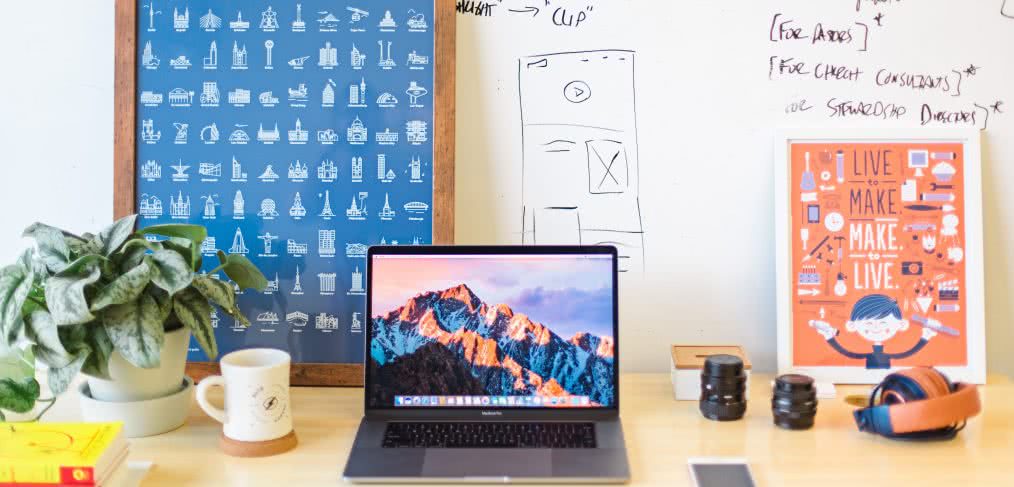
Hybridization of the Co-Working Experience
CRTKL’s Rashard Willingham explores potential innovations for the co-working industry.
The co-working market makes up 0.7% of the U.S. office market, and since 2014, providers of shared offices have leased more than 3.7 million SF in leases of 20,000 SF and larger.
Co-working spaces promote growth, innovation and diversity. The offer a variety of work spaces, a community of creative people and a sense of domesticity—and that’s why people love them.
So, what other services or experiences can these spaces provide to enhance revenue and push the boundaries of the innovative user experience?
For co-working spaces to thrive and evolve, the services they provide must evolve with the needs of the users. I believe a hybridization of services is necessary to solidify the future of the business model and to bring together different functions, in turn bringing in fresh clientele.
The following are a few ways in which this could happen:
Co-mmunity Service
Co-working spaces pride themselves on creating a sense of community and a collaborative environment. However, this relationship should really extend to the local community. This can be done, for instance, by introducing the local youth to alternative creative disciplines.
Many children have no idea what they want for their future. The co-working community can provide a network of inspiration and an introduction to different professions and innovative thinking. Who are we without our future entrepreneurs, engineers, designers and creative innovators anyway? This outreach could produce a network grounded in the local community and a create a revolving door of future users.
The Co-Retail Experience
The co-working space of the future should implement retail within the space. The retail experience will attract users that would come in for coffee and drinks, a bite to eat or to read the morning newspaper. If you are going to serve a small plate, why not serve the best bite of food, created by a co-working member trying to open his or her new restaurant?
Whether it’s a t-shirt company or a product designer, the promotion of the products from within will reinforce entrepreneurship and ownership within the co-working community. Retail will supplement the revenue stream, bring in potential members and enhance the space through a thoughtful user experience.
Additionally, the biggest networking group is without a doubt the happy hour group, especially in urban areas. A sleek lounge environment that captures the multi-generational crowd should be implemented into the design of the space. Happy hour is one of the most organic forms of networking centered around small plates of food, crafted drinks, a super cool environment and, of course, the people!
Co-tel, Motel, Holiday Inn
They hybridization of the hotel and co-working experience is essential to the evolution of co-working. And we can take many lessons from brands like YOTEL, an innovative hotel experience based on technological systems. They feature electronic check-in systems, convertible double beds and the YOBOT, a robotic luggage concierge system.
I mention this hotel as an example of a company that was created for a very specific user experience within an already saturated market. The co-working space of the future will need areas for businesspeople to unwind, relax or take a quick nap and shower before the next meeting. Whether for a short or extended stay, an intimate space to decompress from a day of travel or a centrally located space to break between creative sessions should be implemented into the brand. Artists and creative people keep odd hours of work, and creativity waits for no one! It is up to the co-working leaders to foresee these user needs and design accordingly.
Final Thoughts
The co-working market is still relatively fresh. With two companies—Regus + WeWork—controlling 80% of the co-working market, there is a lot of room for innovation. The hybridization of the co-working space with a retail experience, lounge scene, hotel-like feel and local outreach will make for a dynamic, collaborative, community-based, social experience.
